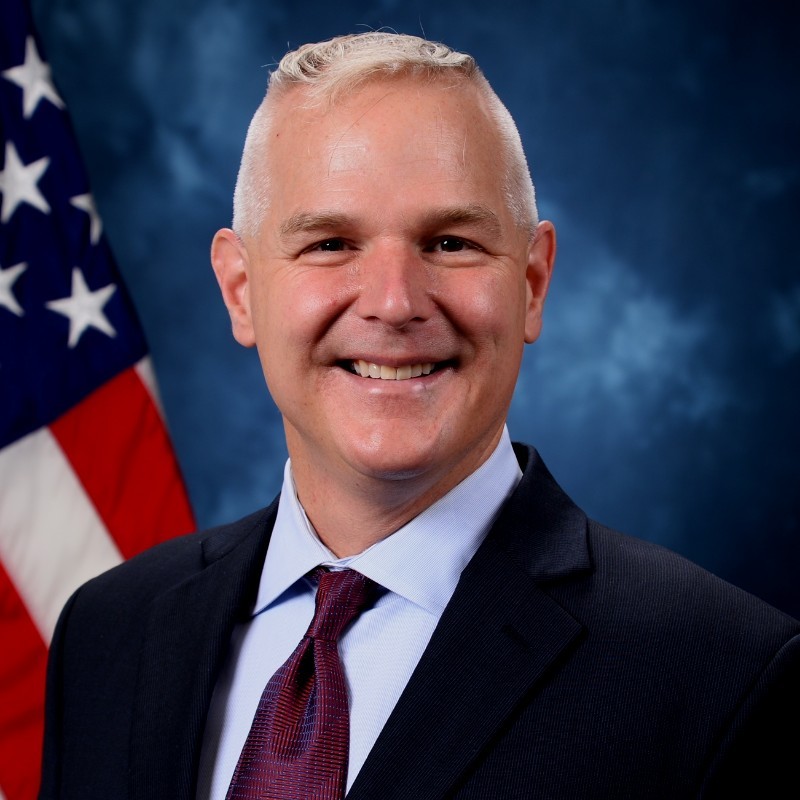Panel 3, moderated by Professor Mark Lemley, addresses the question how we can learn from history and adjacent fields such as AI, semiconductors, nanotechnology, XR, nuclear fusion & fission when fostering Responsible Quantum Innovation responding to ELSPI considerations on a global scale, against the background of the recent Biden Quantum Executive Orders, the Quantum Computing Cybersecurity Preparedness Act, and The Chips & Science Act. In this context, the panel will discuss quantum governance, export controls, fragile supply chains, IP, antitrust, national security strategy, trade-offs, and geopolitical dynamics. How can the novel SEA framework for Responsible Quantum Technology (RQT) and its operationalizing Principles for Responsible Quantum Innovation (RQI) help stakeholders in answering these deeply interdisciplinary questions, along Transatlantic lines? How can we balance advancing and safeguarding quantum technology, society, and humankind?
The adoption of applied quantum technologies by the markets raises cross-disciplinary questions about balancing their disruptive societal effects. It raises questions on how our innovation architecture should be constructed, so that benefits will be distributed equally and risks proportionally addressed. Responding to these challenges we find that policy makers should treat quantum as something unique and unprecedented, but should also learn from history when implementing responsible, evidence based quantum specific policies.
In this light, we examine the need for innovation mechanisms tailored to the counterintuitive physical characteristics of quantum technology and their expected societal impact, particularly in the quantum computing, quantum sensing and quantum communication domains, which includes symbioses of quantum and AI. Besides that, we find that it is useful to draw parallels between regulating neighbouring fields, for many reasons.
From a cross-disciplinary lens, we connect quantum technology to fair competition and intellectual property, including patents and trade secrets. Ideally, IP and antitrust law should work together in concert to prevent quantum from exacerbating actual inequalities. This may require reform of both doctrines and clarification of their interface. This leads to the question whether reforms are required, or are currently available incentive-reward systems superior? How can one measure this, lacking an innovation theory of everything and a quantum simulator?
Some of the best startups in the development of quantum computers, sensors and communications systems have strongly relied on IP protection -including trade secrets about hardware and software- to raise funding from private investors. Yet we wonder whether certain key concepts and appliances in quantum that are currently enclosed, should be democratized beyond geopolitical rivalry to address tensions between equal access & winner-takes-all effects, and conflicts between openness & control.
To manage our own inventions, rules and guardrails need to evolve with technology. Regulating dual use quantum technologies has an IP dimension, and an export control dimension, that both tap into national and economic security.
Given the US-China technological decoupling and the political reality of a world divided in two tech blocks with incompatible ideologies, standards and values, plus the multiplied societal benefits and safety & security threats, vulnerabilities and risks associated with dual use quantum technology, the complex question whether countries should be able to treat certain hi-risk quantum applications similar to fissionable materials is worthwhile to explore.
One fundamental question is whether we want technological information disseminated widely or want it hidden. Currently, we can distinguish cycles of disclosed and secret development of transformative technologies, with history repeating itself under the influence of global power shifts. We are witnessing historic recurrence of sequences of open en closed innovation.
Taking a pro-innovation stance mixing the best parts of precautionary and permissionless approaches, the panel discusses methods to build upon pluralistic innovation mechanisms tailored to adjacent fields such as AI, biotechnology, nanotechnology, semiconductors and nuclear, each characterized by a long investment and R&D phase coupled with uncertain outcomes and rewards, and a Pandora’s Box of probabilities and unknown risks, steering towards beneficial societal outcomes.
 Prof. Mark A. Lemley (moderator)
Prof. Mark A. Lemley (moderator) Tina Dekker
Tina Dekker Prof. Chris C. Demchak
Prof. Chris C. Demchak Prof. Chris Hoofnagle
Prof. Chris Hoofnagle Dr. Royal Aubrey Davis III
Dr. Royal Aubrey Davis III
